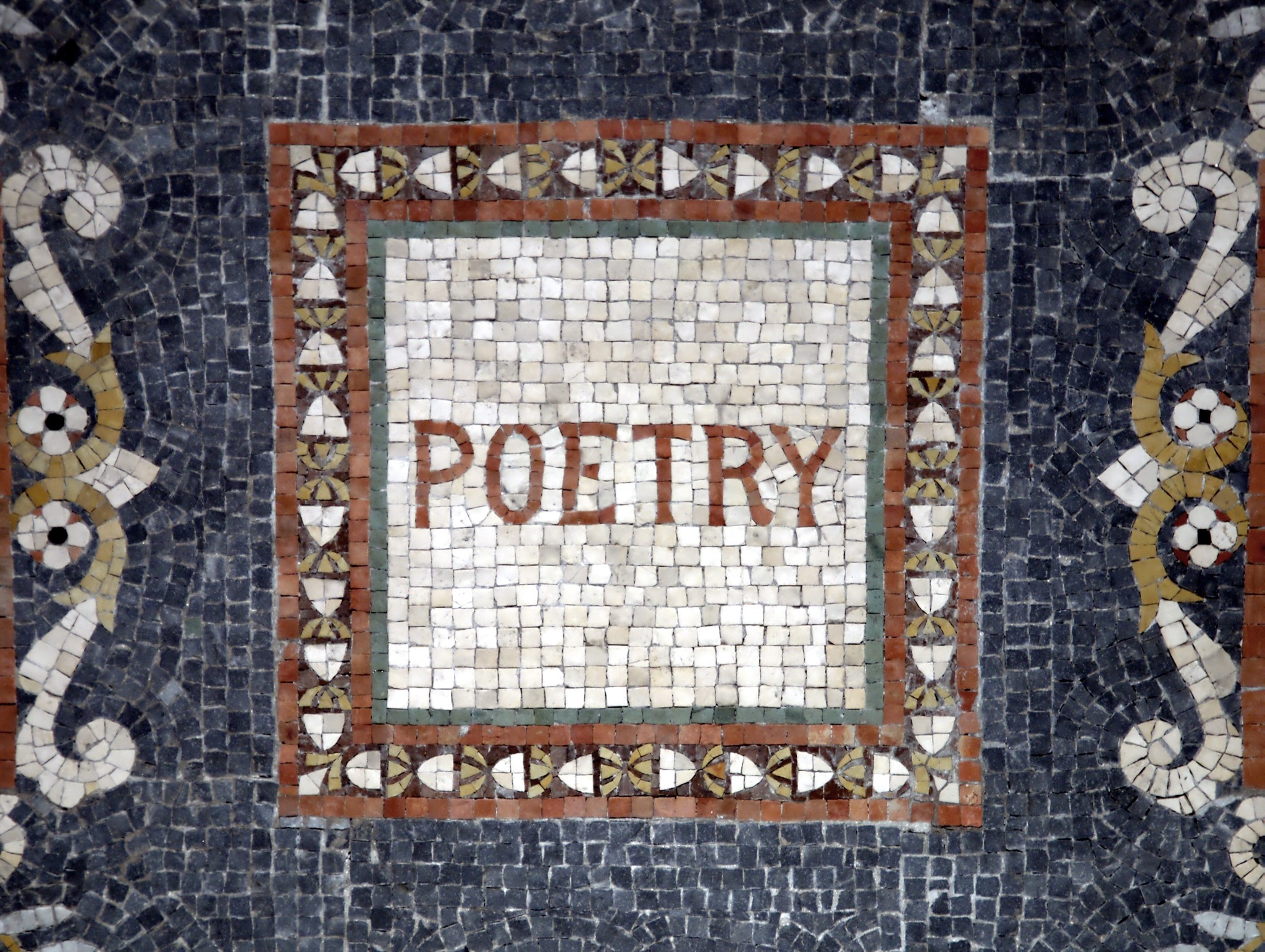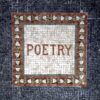Why is iambic pentameter the quintessential meter for storytelling?
Iambic refers to the foot, or the particular stress of syllables (unstressed-stressed, as in the word begin).
Pentameter refers to the number of feet in a line. Penta referring to five.
Iambic pentameter has five feet of the iambic stressed syllables: soft-hard / soft-hard / soft-hard / soft-hard / soft-hard; as in,
“A glass of California Chardonnay”
as one of my old professors would say.
This particular meter lends itself well for sentence development, and therefore, storytelling. It’s not that one cannot tell a story in other meters, shorter or longer, but iambic pentameter seems to hit the sweet spot for thought and sentence development and can run very naturally from one line to another.
In fact, a quite striking storytelling effect happens when enjambing, or running together, multiple lines of iambic pentameter that continue a sentence.
And adding end rhyme heightens the effect.
Instead of trying to explain it, let me show you. Here is an example from my book, A Riddle for the King, when the Queen of Sheba first sees King Solomon:
The King was robed in silk of royal blue,
And slowly made his way in open view
Of all who came to witness him proclaim
His judgments that had given him his fame.
Here, these four lines of iambic pentameter also employ end rhyme. The enjambment of the four lines carrying the narrative builds momentum and keeps its connection linked through the end rhymes until it reaches its destination. I call end rhymes that span multiple lines in one sentence “trailing rhyme”—the rhymes trail like a trailing plant that continues to produce flowers as it grows longer and longer.
The story has moved forward in a swift and thrilling way in part thanks to the enjambed meter. The trailing rhyme also builds anticipation that is only satisfied when the end rhyme is completed. Weaving narrative in this way can make for very intriguing verse, and it is thanks to the versatility of iambic pentameter.
And blank verse (iambic pentameter lines that do not rhyme) is also a preferred meter for storytelling. With blank verse, the star of the show is the meter itself (no rhyme to distract). Again, blank verse is quite famously employed in narrative poetry because it lends itself well for sentence development. And without the distraction of end rhyme, it is easier to compose without having to figure out a word that rhymes with Romania. But it retains the beauty of the meter and all the potential for narrative development.
All in all, while there are other meters that are exciting and fun in which to write narrative poetry, iambic pentameter offers a natural and yet potentially complex framework in which to tell the story.




